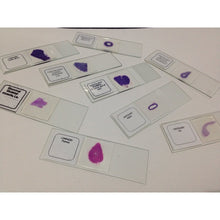Flowers usually have four rings, or whorls, each with different structures. The outermost whorl is made up of sepals and is called the calyx. The next whorl is called the corolla and contains petals. Both the calyx and corolla are the non-reproductive structures of a flower. The third and fourth whorls function in reproduction.
The third whorl, called the androecium, is made up of male reproductive units called stamens. They produce sperm cells packaged inside pollen grains. The innermost whorl, called the gynoecium, has female reproductive units called carpels. In this lesson, we will focus only on this innermost whorl of a flower.




